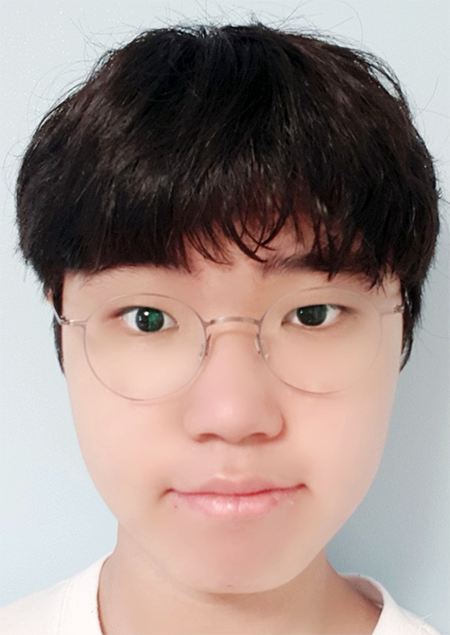The average lifespan in Korea is 82.7 years as of 2019, making the country ninth in the global life expectancy ranking (Statistics Korea). According to the Ministry of Health and Welfare, the percentage of elderly people in Korea has doubled since 2000 from 7.2% to 14.3%. Korea is a fast-aging country and it will be a matter of time before people live an average of 90 years. With society getting old, a new occupation has emerged and is increasing in numbers rapidly: caregiver. They are licensed people who are paid to help people over 65 years of age who are physically or mentally unable to cope by themselves. According to the National Health Insurance Service, one would have to go through tests to get an official “care level”, ranging from one to five. Level one is for those who require the most help.
Ok Yeon Han is a licensed caregiver in her sixties who cares for two elderly people at their respective homes. She received her license from Cheonsa Nursing Home in Seoul’s Gangseo-gu district on January 30, 2009. Han explained that she got her license before exams became mandatory in 2010. She attended classes for eight hours per day for four weeks, after which she spent five days training at the home of an elderly patient and another five days training at a nursing home. Han decided to become a caregiver because she thought that this job would provide financial support in her old age, and she also enjoyed being around older people. She said it was fortunate to have been given jobs helping elderly people who live near her neighborhood but some caregivers have to travel far to their jobs. Other caregivers work at nursing homes or hospitals where they are required to care for many people at the same time.

When asked about the scope of work and services she provides, she said that it is broad and includes work done outside the home, as well as inside. Besides the basic household chores like cleaning and cooking, she does grocery shopping, and sometimes even accompanies the elderly to watch a movie together. She also bathes and feeds those who are not physically independent. Asked about the attributes of a caregiver, she said that the most important thing is the physical and mental health of the caregiver.
Han finds her work rewarding. “It is especially rewarding when I get thanked and appreciated for my services and also when I gain wisdom of the elders just by talking with them.” As to income, Han said she is paid by the hour and that the pay is slightly higher than the minimum wage. According to Han, a caregiver’s wage depends on the severity of work that is required: the harder the work, the higher the pay. She said she would definitely want to get help from a caregiver when she grows old and can no longer take care of herself.
According to the Korea Population, Health and Welfare Association, the number of elderly people in 2017 was about 7,076,000. This number is expected to reach about 8,134,000 in 2020, about 12,955,000 in 2030, about 17,120,000 in 2040, and about 18,813,000 in 2050. As these numbers show, caregivers will always be in high demand. There are numerous education centers where those who want to become caregivers can get there 240 hours of education. Test centers that are designated by Korea Health Personnel Licensing Examination Institute can be found all over the country.


Sewon Han
Sophomore
Shepherd International Education

